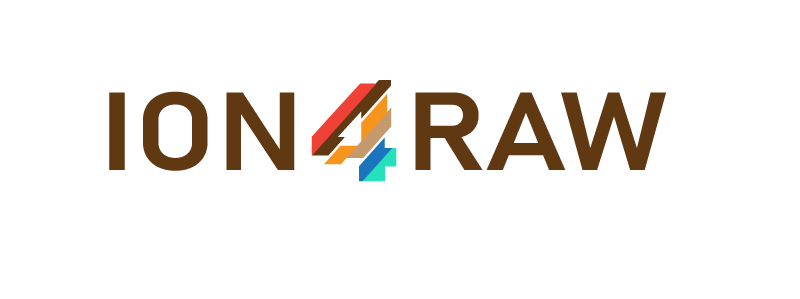As part of the ION4RAW project, a new scientific article on hydrometallurgy was recently published and focuses on a particle-based approach to predict the success and selectivity of leaching processes using ethaline. Discover this Comparison of simulated and experimental results.
Encouraged by the need for ecologically and economically sustainable technologies for the recovery of metals from complex raw materials, ionometallurgical leaching using deep eutectic solvents is emerging as a promising alternative to conventional hydro- and pyrometallurgical process routes. Current approaches of studying leaching processes do not provide a mineral-based understanding of the leaching process – thus limiting the opportunities for process optimization.
This study addresses this shortcoming by combining laboratory-based X- ray computed tomography (CT) and scanning electron microscopy-based image analysis. The latter method provides precise information on the mineralogy and texture of the leach feed material, whereas CT is used to observe the progress of the leaching process through time. Leaching of Au–Ag bearing sulfide flotation concentrate by the deep eutectic solvent ethaline with iodine as oxidizing agent is used as a relevant case study. Results show that time-lapse CT provides an accurate estimation of the dissolution rate of pyrite, chalcopyrite, galena, telluride minerals and gold.
Dissolution rates were used to simulate the metal recoveries from the sulfide concentrate as a function of leaching time. Simulation results are within 5% variation of metal recoveries obtained by batch leaching experiments. The developed workflow can be easily transferred to other ore types or mineral concentrates; results may be used to study and optimize industrial leaching processes.
Discover the full article here and many more here.
Many thanks to the authors of this article: Chandra Widyananda Winardhia, Jose Ricardo da Assuncao Godinhoa, Cindytami Rachmawatia and Jens Gutzmer from Helmholtz Zentrum-Dresden Rossendorf, Helmholtz Institute Freiberg for Resource Technology, Isabelle Duhamel Achinb from the Bureau de Recherches Géologiques et Minières (BRGM), Ainhoa Unzurrunzaga Iturbec from Fundacion Tecnalia Research and Innovation, Paseo Mikeletegi 2, and Gero Frischd from the Institut für Anorganische Chemie, Technische Universit ̈at Bergakademie Freiber.


